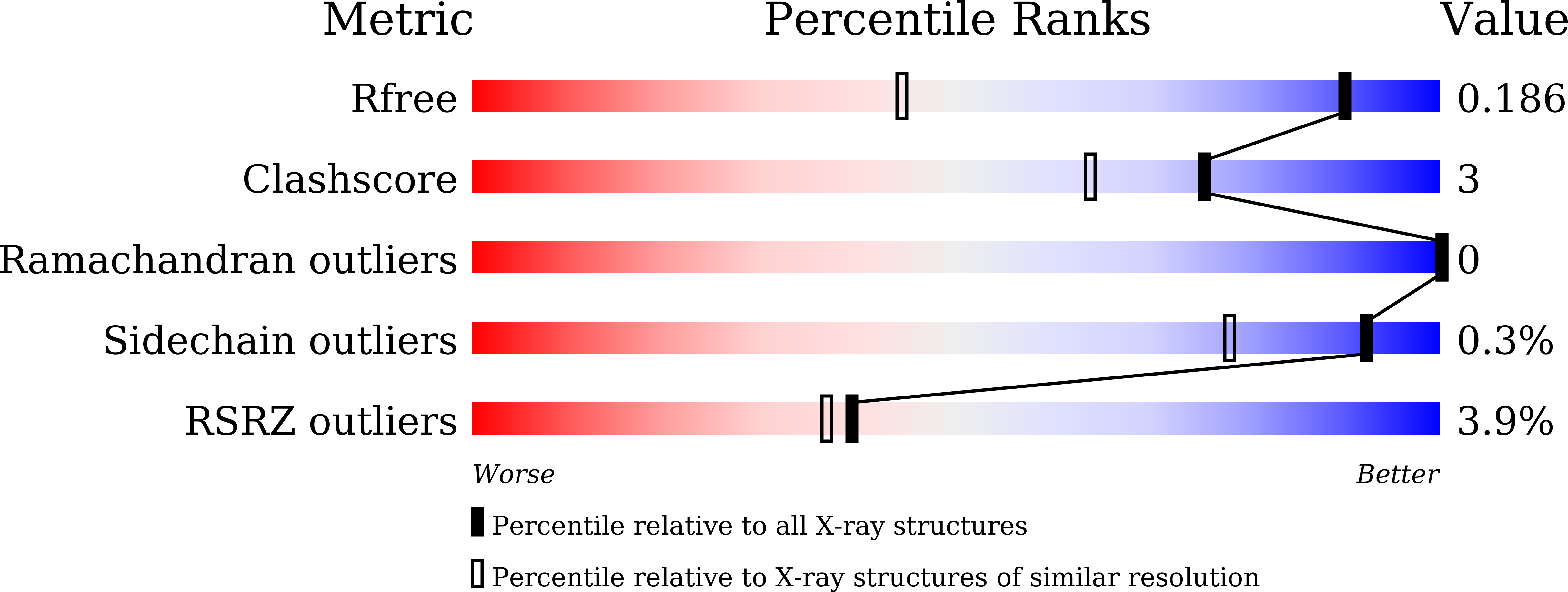
Deposition Date
2020-03-11
Release Date
2021-01-20
Last Version Date
2024-11-20
Entry Detail
Biological Source:
Source Organism:
Klebsiella pneumoniae (Taxon ID: 573)
Host Organism:
Method Details:


